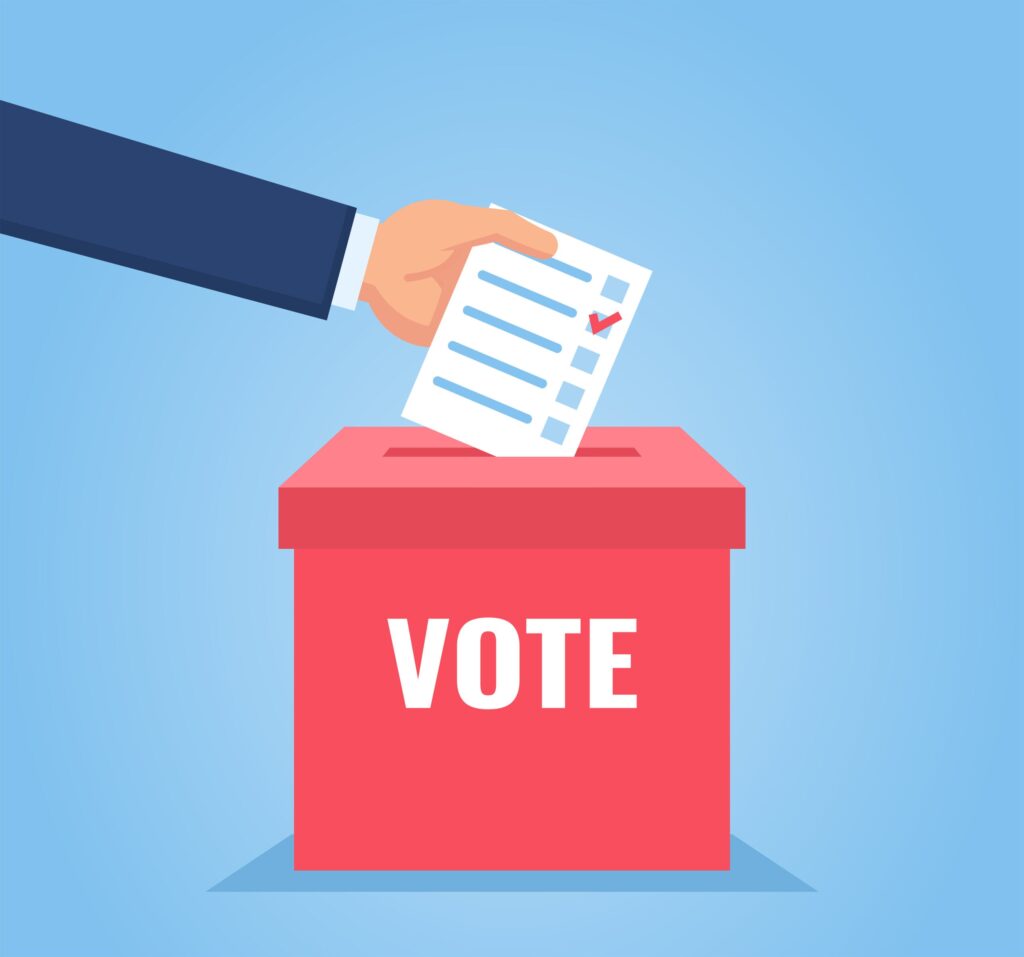Call Center Sales Metrics 101: What are your reports really telling you?
When it comes to using the telephone as a sales and marketing tool, a couple of rules reign supreme. Rule No. 1: You cannot manage what you don’t know. Rule No. 2: You cannot improve what you don’t measure. And if results are measured, then do you really know what you think you know?
Here’s a simple question that will baffle at least one out of three direct marketing executives: How do you calculate sales conversion in your incoming call center?
Many marketing execs favor the “easy” formula: all calls answered divided by the number of sales equals sales conversion. This formula is also favored by IT because it’s fairly simple to capture and report.
The problem is that not only is it inaccurate, it doesn’t provide enough information to isolate cause and effect and make – and track – improvements.
The reality is that not all calls that hit your phone switch can be converted to sales, even by the best rep in the world. These must be eliminated from your potential sales call count before you can accurately determine conversion for your entire operation, an individual call center or an individual representative.
For example, wrong numbers are not likely to become customers. (Unless, of course, you have a very soft free trial offer of universal appeal that can be completely described in 30 seconds or less and doesn’t require any up-front payment. Yeah, right.)
The same is true for angry current customers with service problems who have called on your order line or pushed the wrong option on your IVR. (Which is not to say that your very best rep can’t smooth their feathers, solve the problem and cross- or upsell them something else. You simply can’t hold the average rep to the same standard.)
Ultimately, your true conversion rate includes all calls that resulted in a sale divided by the total number of calls that actually could be sold. Calls that can actually be sold are calls in which a qualified prospect hears a complete presentation (unless the caller is pre-sold via your direct mail piece, infomercial, Web site or other advertisement) and says yes (sale), no (decline) or maybe (send me literature, call me back, etc.).
This type of discussion is usually the first step of the uninitiated into the dizzying world of call center metrics. Why should you, the DM professional, care? The main reason is accuracy in both reporting and predicting results from your absolutely brilliant marketing campaigns. Once non-sales calls are eliminated from your formula, you’ll find the campaign is actually doing better than previously reported. Another reason is that you won’t be able to find out what’s not working and how to fix it until you can drill down into some of these details. Two quick examples:
– Your average “wrong number” rate is 2% of calls. Last week it shot up to 15%. If you capture campaign source codes, you will quickly discover that the new toll-free number slapped on your latest series of newspaper ads is one digit away from the number for an AIDS testing hotline. Even if you don’t track the source codes, a quick discussion with call center supervisors and reps will reveal the problem, so you can correct it. Without tracking wrong numbers, you’d never know why conversion (via the “easy” formula) is down for the week.
– Your regional cable TV commercials start hitting some Hispanic demographics that are increasing call traffic by word of mouth. By tracking the increase in “language barrier” calls, you can make an informed decision about hiring more bilingual reps or outsourcing to a bilingual teleservices vendor. Analyzing the data will be a lot more helpful in cost-justifying your decision than relying on anecdotal information from your internal or external call centers to eventually float back to you.
Another very important reason to capture these metrics and determine true conversion rates is that this data will allow you to compare the sales performance of each individual representative so you can set realistic and attainable sales and service goals. It’s key to building the training and evaluation criteria for the call floor.
Now that you’re convinced why you should be tracking calls more closely, it’s time to examine how to track various categories of calls. Since this exercise involves determining the main reason for or the main result of a call, sourcing these metrics is often referred to as call disposition or end-of-call coding. For those new to the game, it can be about as much fun as open heart surgery – and just as vital to the health of your sales and marketing program.
First, let’s review how NOT to approach disposition coding: with paper and pencil. Manual tick sheets are notoriously inaccurate, hated by call center reps and management alike, often disruptive to the telephone dialogue (if reps use them at all) and create a huge data conversion and reporting problem. Tick sheets can, however, be helpful in spot-checking your automated reporting to uncover flaws in design, formulas and reporting structure. One up from using manual tick sheets is requiring reps to input disposition codes into your telephone system either voluntarily or in “required” mode before your switch will allow the rep to receive the next call. Though better than manual tick sheets, this method for call coding still falls far short of the ideal scenario for several reasons:
– Reps hate this requirement almost as much as tick sheets. They must switch from entering data in the computer system to looking up the code for the call, then enter it accurately via the telephone keypad (easier said than done).
– Most phone systems, even in “required” mode, will allow input of the code to be manually by-passed. Once your reps find out how to do it (and they will), you’re right back where you started.
– Although reports can now be theoretically automated, you won’t find many pre-designed report formats or much technical support in this area because most call centers avoid this problem-plagued methodology.
– Call disposition data from ACD (phone switch) reports cannot easily be tied to data that’s input into your computer system like media source, promotion codes, individual customer records, and back-end cancellations or customer retention information. Likewise, reporting of call and sales results with other caller profile data may not be possible.
– Reps cannot get updates of their productivity and sales statistics in real time – which would help them track their progress in reaching sales goals.
For these reasons, world class call centers usually rely on automated disposition reporting that is much less dependent on agent discretion and can more easily tie call results to other system data. Some centers base their reporting on the individual system screens reps access as they progress through a call. While this avoids the issue of reps forgetting to enter codes or entering them inaccurately, this type of call code reporting is not without its own problems.
Calls rarely follow predictable paths, screen by screen. And knowing each time a screen is accessed does not necessarily provide insight into the full nature of the call or how it could be improved. In addition, new or ill-trained reps often flip from one screen to another looking for specific information or the best rebuttal to a particular objection – which takes attention away from active listening to the caller.
Other automated systems use a separate “call disposition” screen, where every call result code can be easily accessed by the rep. This type of automated reporting works best when:
– The disposition screen is accessible from any other screen and allows the rep to return to any other screen.
– The code list includes all call dispositions with BOTH the code and a “plain English” code explanation.
– Reporting data can be tied to individual media and promotional source and back-end data.
– The system provides reps and supervisors with real-time sales conversion and productivity rates (updated on screen, if possible).
– The rep can easily sort through the code list with the fewest number of key strokes possible(listed alphabetically is best, since codes will be added and removed).
While this basic overview of inbound telephone sales metrics is by no means complete, it’s a start toward understanding what you need to know and how to measure it. And that’s the first step toward improving your telephone results.



